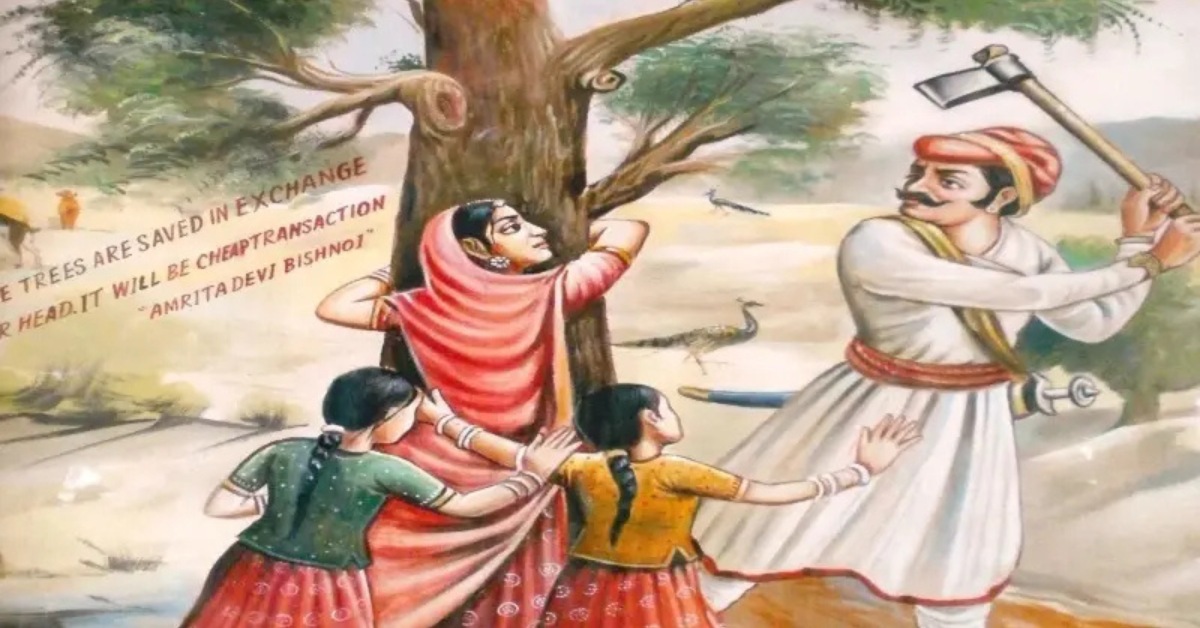🌏 8 Defining Moments That Transformed India's Environmental Destiny
- Admin
- May 10
- 4 min read
From Silent Valleys to Storming Streets — How India Learned to Listen to Nature
India’s environmental awakening isn’t just a tale of laws or leaders — it’s a symphony of people, places, and protests. Across centuries and soil, it has been shaped by tribal chants in forests, courtroom verdicts echoing through policy halls, and the brave heartbeat of ordinary citizens who chose to stand for something greater than themselves: Mother Earth.
Let’s journey through 8 powerful movements that continue to redefine how India protects her forests, rivers, wildlife, and communities — and, perhaps, her very soul. 🌿🇮🇳
🌳 1. The Embrace That Shook the Nation — The Chipko Movement (1973)
📍 Reni Village, Uttarakhand (then Uttar Pradesh)
When loggers came for the trees, the women of Reni hugged them — not out of fear, but fierce love. This non-violent, poetic protest ignited a fire across India’s hills.
✨ Legacy: In 1980, green felling was banned in the Alaknanda basin. More than that, Chipko became a symbol of grassroots resistance and eco-feminism — proving that the arms of villagers could be stronger than axes.

🌿 2. Saving the Silent Heartbeat — The Silent Valley Movement (1978–1985)
📍 Kerala
A dam threatened to drown one of the last untouched tropical rainforests in India. But poets, scientists, and activists united, not with rage but reason — and won.
🌱 Impact: In 1985, Prime Minister Rajiv Gandhi canceled the dam project, declaring the area a national park. Silent Valley lived on — as a green gem and a historic milestone in biodiversity conservation.
☠️ 3. A Night of Poisoned Air — The Bhopal Gas Tragedy (1984)
📍 Bhopal, Madhya Pradesh
In the dead of night, 40 tonnes of toxic gas leaked. Thousands died. Half a million more suffered. It was one of the world’s worst industrial disasters — and a rude awakening for India’s environmental policy.
🔍 Outcome: The tragedy led to landmark reforms — disaster management protocols, safety audits, and the adoption of the “polluter pays” principle. It marked the beginning of environmental accountability in Indian industry.

📜 4. India’s Environmental Constitution — The Environment (Protection) Act (1986)
Born from the ashes of Bhopal, this Act gave the government sweeping powers to protect nature from air to water to hazardous waste.
🛡️ Impact: This was India’s first all-encompassing environmental law, setting the stage for pollution control boards, environmental impact assessments, and eco-sensitive zones.
🌊 5. The River That Refused to be Silenced — Narmada Bachao Andolan (1985–Present)
📍 Narmada River — MP, Gujarat, Maharashtra
With the Sardar Sarovar Dam threatening to displace thousands and submerge ecosystems, Medha Patkar and indigenous communities rose in resistance.
🧭 Outcome: The World Bank withdrew its funding in 1993. India tightened its rehabilitation policies and made social-environmental impact assessments a must. The movement became a masterclass in non-violent activism and people’s rights.

⚖️ 6. Justice Turns Green — Formation of the National Green Tribunal (2010)
As environmental cases piled up, India realized it needed not just laws — but a courtroom for nature.
⚖️ Impact: The NGT was born. Since then, it has curbed illegal mining, banned polluting vehicles, protected wetlands, and held violators accountable. It brought real-time environmental justice to Indian jurisprudence.

🌳 7. Sacrifice in the Sands — The Bishnoi Massacre (1730)
📍 Khejarli, Rajasthan
Centuries before climate change was a conversation, Amrita Devi and 362 Bishnois laid down their lives to protect khejritrees. Their sacrifice echoes through time.
🌾 Legacy: The Bishnoi community’s sacred bond with nature became one of the world’s earliest examples of ecological martyrdom — inspiring forest protection movements across India.

🌆 8. Urban Roots of Rebellion — Aarey Forest Protests (2019)
📍 Mumbai, Maharashtra
When bulldozers threatened 2,000 trees for a metro project, citizens — from students to celebrities — made Aarey their battlefield of hope.
🌇 Outcome: The campaign garnered national headlines. The Maharashtra government halted the project, and parts of Aarey were declared a protected forest. It proved that even in concrete jungles, green hearts beat loud.

✍️ Editorial Reflection: "India’s Environment — A People’s Legacy"
India's environmental journey is not just legislative. It’s human. It’s a patchwork quilt of ancient wisdom, women warriors, tribal truths, modern law, and youth-led protest.
🌱 Every tree saved, every river defended, every voice raised — these are not just stories of the past, but instructions for the future.
Let us be inspired not just to read history — but to rewrite it. Because protecting the Earth isn't a responsibility of tomorrow — it's an act of love today.
🕊️ "Jungle ho ya janjati — jab tak hai jan, tab tak hai prakriti."


Comments